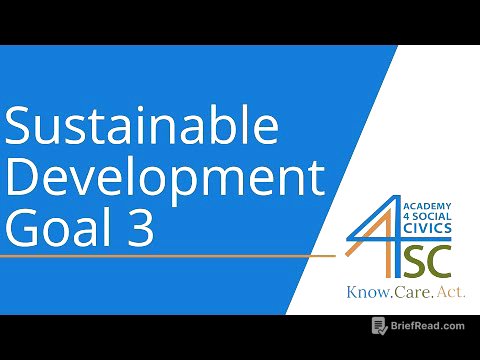TLDR;
The presentation discusses Canva's journey in evolving its infrastructure and platform engineering over the past four years. It emphasizes the shift from a reactive, order-taking approach to a proactive, product-focused mindset. Key aspects include building empowered teams, defining clear product visions, understanding user needs and stakeholder requirements, and balancing innovation with maintaining existing capabilities. The goal is to create platforms that not only serve the current business needs but also anticipate and unlock future capabilities, enabling product innovation.
- Empowering teams to own problem domains, not just solutions.
- Balancing qualitative and quantitative metrics to measure success.
- Investing strategically in new capabilities, improvements, and experimental frontiers.
Intro [0:05]
The speaker, FAS, Head of Infrastructure at Canva, outlines the presentation's focus on the lessons learned in driving culture and training through platform engineering at Canva over the last four years. The aim is to summarize the journey, the experiments, and the resulting insights.
Defining Infrastructure [0:42]
Traditional infrastructure is often perceived as static, inflexible, and slow to change, with issues only noticed when things fail. Modern cloud infrastructure is more flexible but introduces complexities due to distributed architectures. Many organizations are still evolving in their understanding and management of cloud environments. In 2020, Canva's infrastructure team was composed of skilled individuals who were primarily reactive and tactical, addressing immediate business needs as they arose.
Defining Platforms [2:25]
A platform is defined as a foundation of self-service APIs, tools, services, knowledge, and support, arranged as a compelling internal product. The presentation transitions into discussing the specific steps Canva took to evolve its infrastructure and platform engineering.
Building Empowered Teams [2:51]
Empowerment comes from teams owning the problem domain rather than just the solution or tool. Teams should have alignment on purpose and autonomy on how to deliver, underpinned by accountability for results. Empowered teams build great products that solve user problems while satisfying stakeholder requirements.
Users vs Stakeholders [4:30]
Users are those who depend on the outputs of the team's work, while stakeholders have influence and specific needs regarding the capabilities being built. For example, users want faster deployment times, while stakeholders want secure deployment processes with signed containers.
Vision and Success Metrics [5:11]
A clear vision is essential, but it should not be constrained by current tools and technologies. Internal product teams should define their own measures of success, distinct from the business's external metrics like revenue or user numbers. It's crucial to understand how users feel about the platform, not just rely on dashboard metrics. Qualitative feedback, like surveys and engagement with product managers, helps identify areas of friction.
Platform Pie: Balancing Investments [7:30]
Canva invests its platform engineering time in three key areas: 40% on building new capabilities, 40% on improving existing ones, and 20% on "KT," which seems to refer to experimental or exploratory projects. This distribution helps balance innovation with maintenance and improvement of current tools.
Empowerment and Enablement [8:22]
A platform strategy should avoid creating bottlenecks and instead enable teams to solve problems and innovate. Canva balances empowerment and enablement by providing "paved roads" (standardized solutions) for 80% of common needs, extension points for 15% of cases, and a "Wild Wild West" for the remaining 5%, where teams can experiment with minimal constraints but must own and manage their solutions. Capabilities developed in the "Wild Wild West" often get adopted into the standardized platform over time.
Infrastructure Evolution and Future Vision [10:24]
Canva's infrastructure has evolved into four platform organizations: Data, Cloud, Developer Platform, and Reliability. The goal is for the platforms to run ahead of the business, unlocking new capabilities that inform product development. This proactive approach allowed Canva to pivot quickly and capitalize on new technologies like generative AI.









